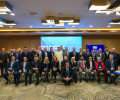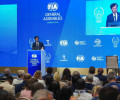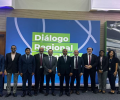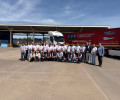RACC incorporates virtual reality in young driver training
Starting in February 2017, RACC driving schools are to use virtual reality systems to enable students to view conflictive driving situations from the safety of the classroom.
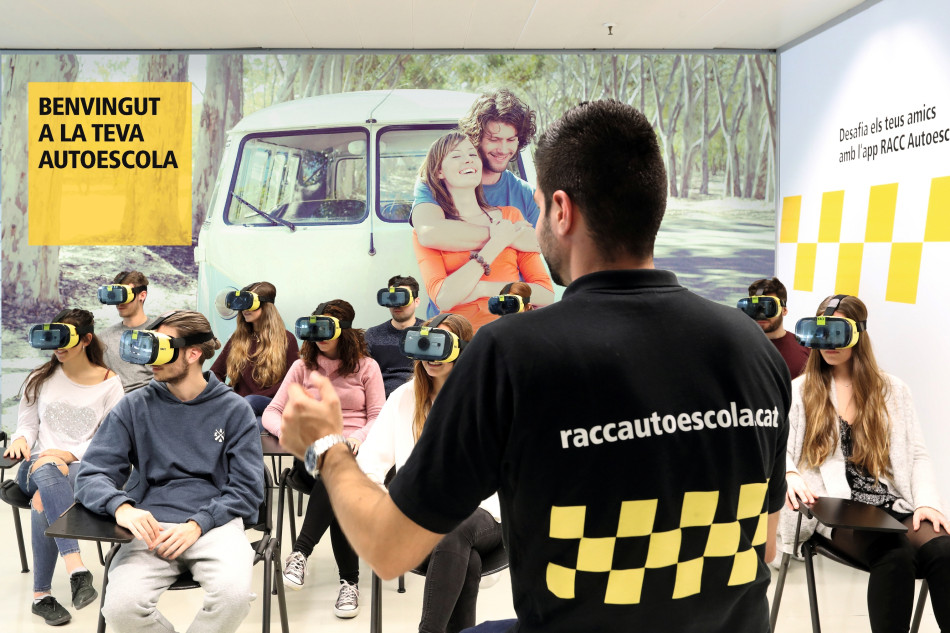
Pioneering the use of this innovation in Spanish driving schools, the RACC is harvesting the latest technologies to help young drivers learn how to prevent risks. Thanks to virtual reality, students can experience roundabout traffic, stopping at a Stop sign and U-turns while receiving instruction on the right thing to do.
The initiative is in line with the RACC’s aim to improve safety for young drivers. Despite the drop in the number of victims in recent years, traffic accidents are still one of the most frequent causes of death in the 15 to 29 age group in Spain.
According to a RACC study undertaken amongst its driving instructors, two of the main mistakes made by newly qualified drivers are not knowing how to react in an emergency and not keeping a safe distance between themselves and other vehicles. Virtual reality focuses the training of young drivers on these specific areas.
Another first is the free RACC Autoescuela app, which lets students learn as they play and prepare for the theory part of their driving test on their smartphones.
RACC Autoescuela, which trained 12,800 students in 2016, is the largest driving school in Spain, with 86 centres and franchises in major cities.

 Facebook
Facebook Twitter
Twitter